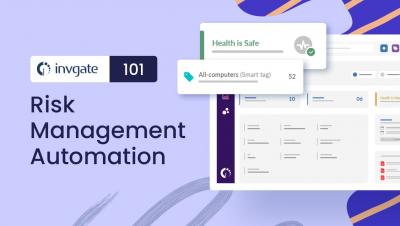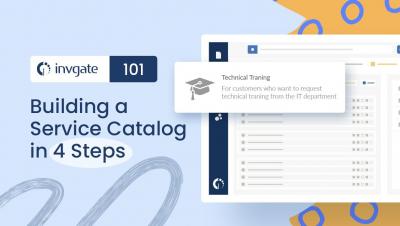CISA's BOD 23-02: How to Mitigate The Risk of Internet-Exposed Management Interfaces
The Cybersecurity and Infrastructure Security Agency (CISA) issued the Binding Operational Directive (BOD) 23-02 to mitigate the risks of internet-exposed management interfaces. For federal civilian agencies particularly, complying with this directive is not merely an operational necessity; it's a strategic imperative for securing their information systems. Keep reading to fully understand the CISA’s BOD 23-02 implications, and learn how InvGate Insight can help you comply with it.











